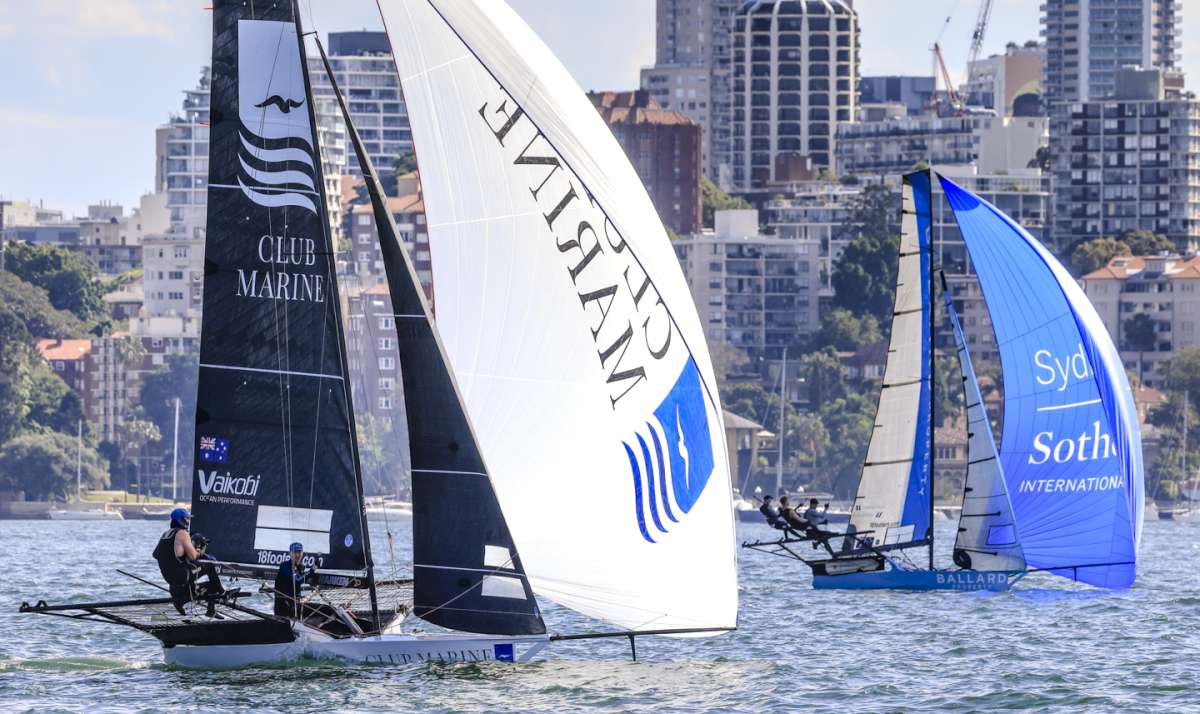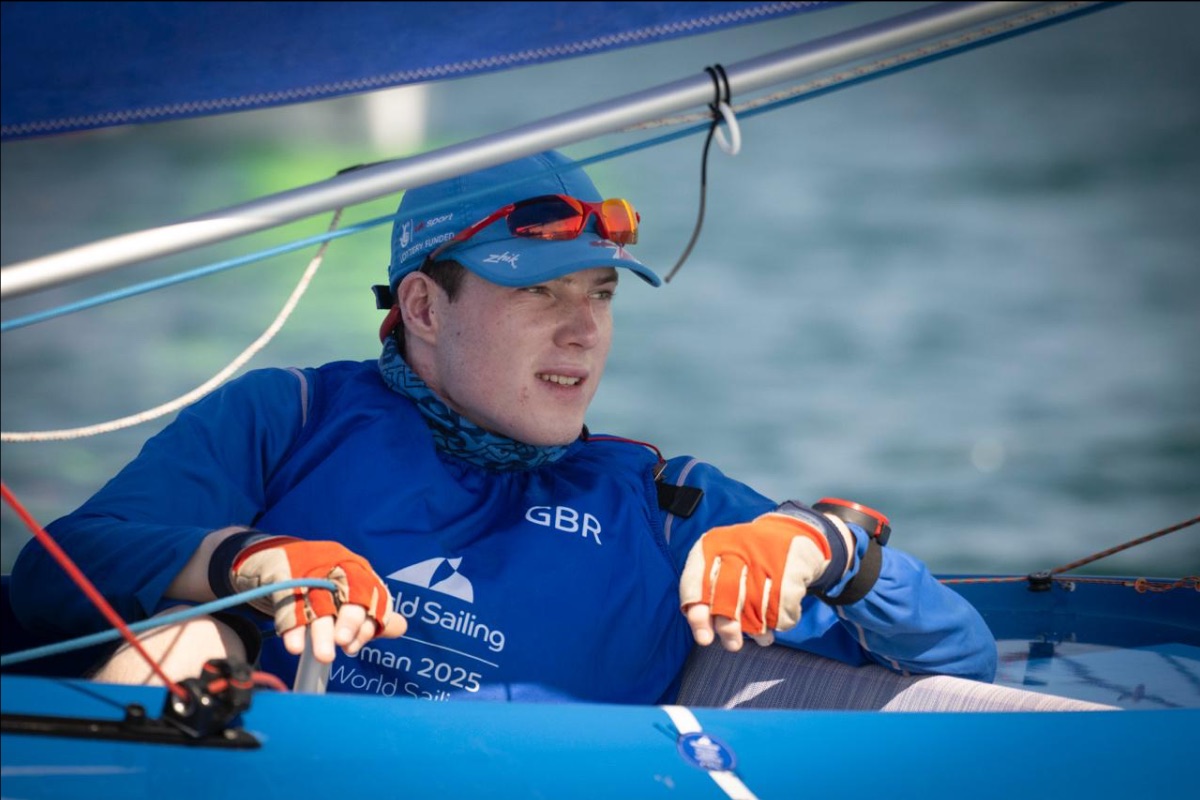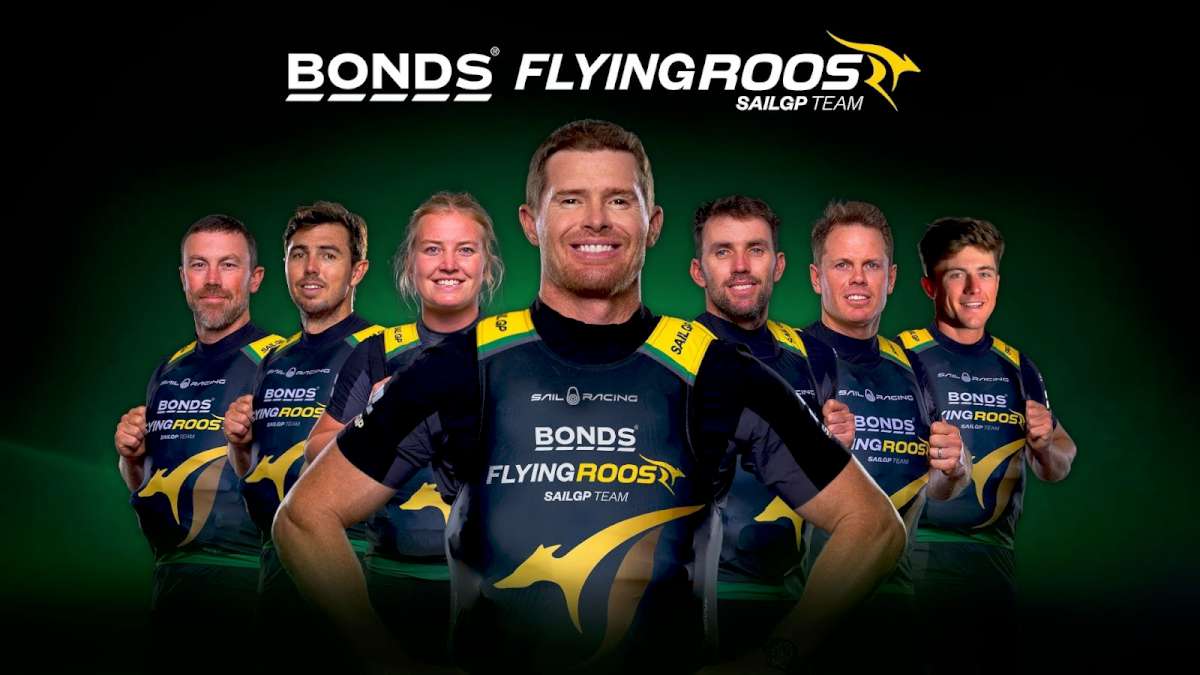Commercial fish food or chum sold by dive shops may break the equilibrium of the food chain but it is not the worst thing.
The true wonder of underwater encounters with rays, sharks, whales and dolphins makes their popularity understandable. Global cruising enables you free access to such experiences but are these always done in an environmentally sustainable way?
Fish-feeding practices in places like the Caribbean or the South Pacific greatly impacts the natural social patterns and seasonal breeding or mating of the sea-creatures in question and can actually encourage uncharacteristically aggressive behaviour towards the very tourists seeking to interact with them.
Another seasonal creature, the sailor, has an opportunity to promote some of the more harmless ways to seek out these magical meetings.
A fine balance
My first experience, getting up close with dolphins, was on my very first sailing trip. In the years since then we have been surrounded by sea turtles when becalmed off the coast of Cost Rica; snorkelled with manta rays in Panama and were sprayed by the blowhole of a humpback whale swimming next to our boat in Tahiti.
People tend to have a genuine fascination with creatures of the sea especially when the prospect of interacting with them is possible. Certain rules that are put in place for sailors which dictate our behaviour in the marine environment are fairly obvious common sense: using mooring buoys rather than anchoring in coral reef areas and not throwing rubbish into the sea. Yet the keenness to meet with the ocean’s animals could potentially be doing them more harm than good, even resulting in putting those who choose to attract them at risk.
There have been many cruising grounds that we have sailed in where a particular fish or sea mammal has been spotted, either by locals or other boaters. That location soon becomes a go-to spot for sighting the animals again and again. Whether this is just informally as a tip announced over the friendly VHF radio nets, or if it blooms into an entire tourist attraction with boats full of visitors ferried out to the same location to view the animals, the prospective concerns remain very much the same.
These problems fall into two main categories: how our presence might disrupt their normal existence and; how we may interact with them physically.
It is recreation, not wreck creation
The common saying ‘memory like a fish’ is not entirely accurate.
Fish can form memories and behaviour patterns and, as a result, become conditioned to receiving food from a certain location at a certain time. This in turn can lead the fish or any other species to become reliant upon that food, expectant of it and more and more aggressive to ensure that they receive it.
Scientists have noted the negative changes in fish behaviour, including changes in time spent obtaining food, the size of the animal’s home range, reproductive activity, population density, migration patterns and species composition due to an increase in the larger, more aggressive species.
Aggression displayed by marine animals requires energy and fish that would not normally exhibit this type of behaviour have only changed their conduct in order to ensure their survival. This shift in nature affects fish of all sizes: from the tiniest reef fish to the sharks at the top of the food chain.
This disrupts the biodiversity as only the most aggressive species can now endure and the more passive ones are wiped out. An abundance of introduced food from humans also means that the smaller fish, who predominantly feed off the algae growing on corals, no longer control the plant growth. It stops the fish from doing what they do as part of a healthy marine eco-system and, once they no longer keep up their cleaning duties, it leaves the reef smothered in algae and weeds, affecting a substantial change in the nutrient balance.
But why is it that the fish are being fed by humans anyway? The simplest answer is entrepreneurial tour operators keen to make money. We are not content to witness just one of a species, we yearn to see more. The simplest way for anyone to guarantee a fish-filled experience is to load the dice by introducing extra food into the equation.
The sad truth is that fish acting naturally does not fit our schedules and itineraries.
This leads to ‘shark-feeding’ tours or ‘stingray experiences’ in which workers throw chum fish into the water where they know the animals are likely to be, probably because they have already been feeding them in that same place for some time.
The feeding-frenzy that results is a sudden surge of frantic feeding behaviour from the larger predators, hustling to get their fill as fast as possible.
As a result of this there are now huge numbers of fish in much larger schools rushing up to the snorkel boats with the expectation of food. Turning the ocean into a zoo choreographed by man.
Fish learn quickly. Fish with symbiotic relationships with larger predators, like the remoras and pilot fish which accompany reef and nurse sharks, have changed from passive passengers to keen biters thanks to tourist interference.
We experienced this ourselves with the local stingray population in Moorea, French Polynesia, where small boats of casual snorkelling tourists would be encouraged to hold a closed fist full of tinned octopus in the water in order to get the rays swimming close up to them. People wanted to be able to touch them and tease them with the food and got some gentle bites in return.
What the tourists pass off as a sweet ‘nip’ from a ray was actually a demonstration of the animals getting increasingly stressed and frenzied, being taunted with the promise of food.
Later we questioned ourselves why it was that we had been so keen to swim with them in Moorea in the first place, especially as we had experienced some lovely snorkelling with two dancing manta rays only a few weeks earlier while in the Marquesas islands. The answer, we sadly found ourselves admitting, was that we too had been suckered in by the promise of dozens of rays all together; surely only able to be guaranteed in such numbers as a direct result of the feeding.
at could be offered to them. There have been countless reports of people throwing bread, rice, potatoes, bananas, hard-boiled eggs, frozen peas, spray cheese, chicken and even dry cat food to attract fish for the snorkellers to see.
These offerings are poisonous to most fish or at the very least can make them seriously ill or cause them to starve with their stomachs full of indigestible human food.
In some sad cases this bad practice is even further entertainment for the misguided public, with videos posted online of green moray eels swallowing whole mesh bags of bread or hotdogs that they are offered. Serving as just another example of how we are slowly turning these creatures into a circus attraction.
Change in the water
Some places, however, are starting to realise the detrimental effects of fish-feeding practices.
Almost eight years ago the Coral Reef Alliance began a campaign called ‘Take a bite out of fish feeding’ by directly approaching dive shops and tour boat operators in Hawaii. The project helped to educate both the local and tourist populations about the negative impacts of not allowing fish to feed naturally.
Similar programs were adopted to protect Australia’s Great Barrier Reef with conservationists hoping to implement environmentally friendly guidelines for the tourism industry.
Many other countries and territories specifically ban or discourage feeding fish while scuba diving or snorkelling and it is outright banned in natural preserves.
Do the right thing
But, even if you would never dream of feeding fish while swimming with them, you may not know that our physical presence both on the surface and under the water when interacting with creatures of the sea may also be affecting them in ways that we might not be aware of.
Encountering animals like whales, dolphins, rays, seals, turtles and dugongs is a breath-taking part of our sailing experience. Yet the urge to follow them, track them, dive in with them or possibly even chase or herd them is one that not all boaters are immune to.
A good way to gauge how to respond to a whale or dolphin is to allow the animals themselves to control the nature and duration of the encounter.
Places like Tonga in the South Pacific are hugely popular with tourists and boaters alike wanting to take advantage of the opportunity to jump in and swim and snorkel with the migrating humpback whales. Yet whale and dolphin behaviour is not thoroughly understood and the experts advise that it is best to observe and appreciate the animals without entering the water to protect both yourself and them.
Sailing in these waters we saw many small operator boats that would track the path of the whales each day, radioing one another so that they could all cluster in the places that the whales appeared. Yet the animals are there primarily to breed so it is important to pay attention to whether there are any calves in the area to avoid separating one from its mother.
It is key to keep a lookout to do your best to prevent a collision. Things like keeping your boat at a steady speed and course, not trying to overtake them, not trying to encircle or chase them, not approaching them head-on or on their path are crucial.
Anything which forces the animals to change course or leaves them with no escape route will understandably stress them and make them agitated.
Even tips like keeping your engine running can be helpful when in the company of whales and dolphins as it helps them know exactly where your boat is, as whales have been known to collide with boats under sail.
Some signs that they might be feeling harassed by the meeting are if their behaviour starts to seem erratic with prolonged dives, tails swishing and slapping or rapid changes of direction or speed in order to escape.
Driving through groups of dolphins to encourage them to ride the bow wave is another no-no. Our own experience of meeting dolphins at sea has so far been that they always rush towards us and clearly enjoy jumping at our bow for a time but this is not true of all dolphins all of the time.
In contrast, most of the sea turtles that we have come into contact with have been those dozing lazily on the surface of the water on a calm day. They accidentally bump into the boat as we slowly motor along in a mill-pond like sea.
The collisions are always extremely gentle and we have taken to keeping a turtle watch on such occasions and trying to call out to them to rouse them from their watery sleep before the hull of the boat itself startles them awake.
Running into turtles underwater or on land, however, means you need to be even more considerate of encroaching on their habitat. Turtles can drown if they are prevented from reaching the surface of the sea to breathe so although it is tempting to follow and track them, if you see them when snorkelling it’s vital to give them enough space to get back up to the air when they want.
Turtles are particularly sensitive to light, so shining a torch in the face on the beach at night can scare them away from their colony and where they lay their eggs. They can be quite receptive to human interaction but it is best to always move slowly and stay quiet.
Respect
These are just a few examples of some ways in which it is still possible and encouraged to reap the benefits of marine life encounters while still being sensitive to the animals’ needs and behavioural patterns.
It is clear that it is not necessary to meddle in order to fully enjoy their existence in our oceans. Ultimately, the simplest way to enjoy a meeting with any form of marine life is to intrude as little as possible and not introduce anything unusual into their environment.
As boaters we learn to wait good-naturedly for the right season, the best wind, the correct tide or the good enough light in order to set off on our passage. So perhaps it is good to have a gentle reminder to demonstrate that same patience when it comes to our watery comrades.
Take the chance encounters with them as they come and never lose the sense of wonder that they instil in us.
























